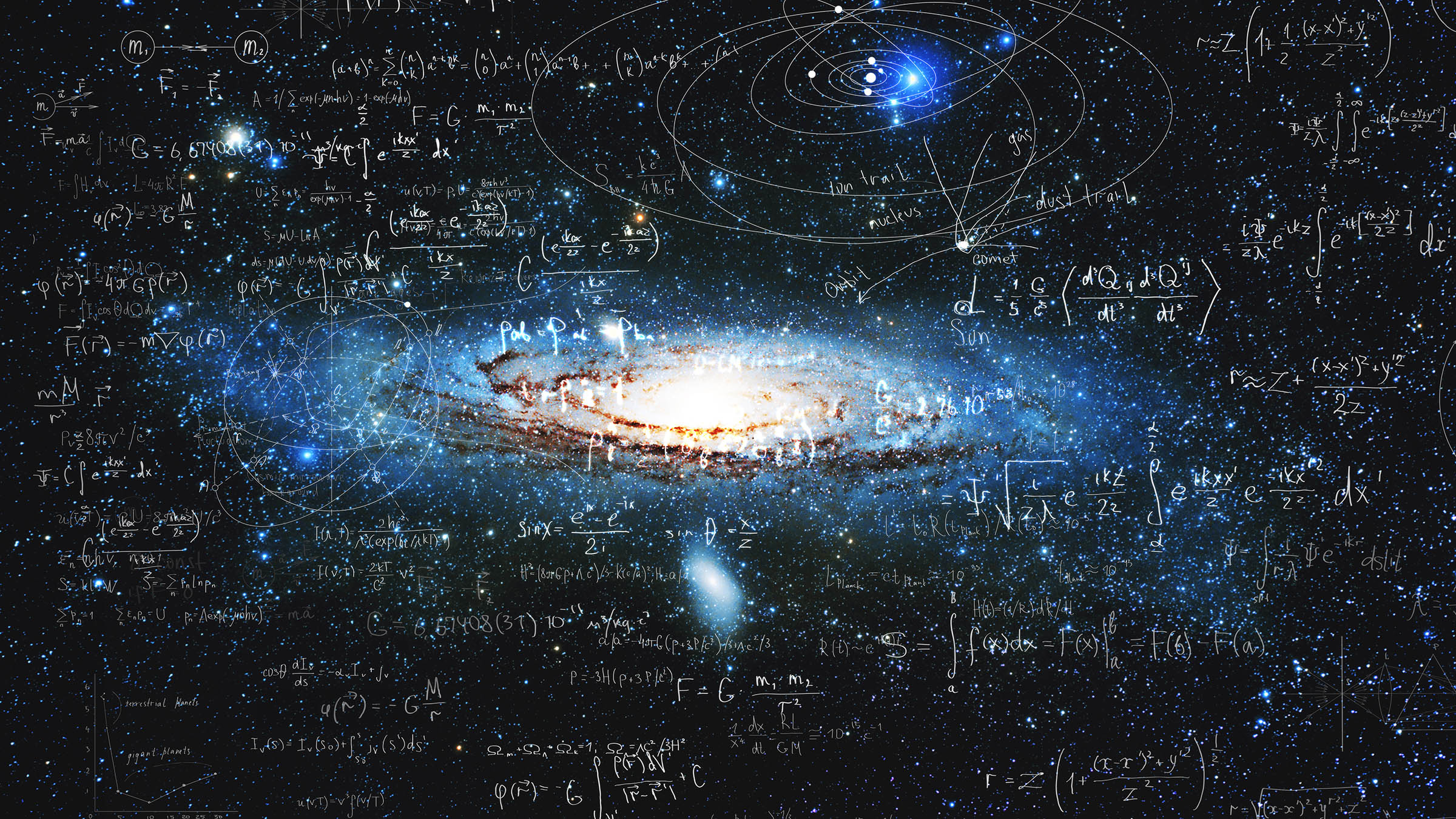A new study could challenge our current understanding of the universe’s age. According to a new study published in Nature Astronomy, the universe may not actually be 13.8 billion years old, as researchers previously estimated.
The current estimate of the universe’s age is based on what we call the Standard Model of cosmology. This model describes a flat universe that is dominated not just by dark energy, but also by dark matter. Further, it says that the universe is expanding at an unknown accelerating rate.
While astronomers have used the Standard Model of cosmology for many things, including estimating the universe’s age, it has recently begun to cause some mismatches with measurements scientists took of the motions of different pairs of galaxies. According to the new study, these measurements and the Standard Model just don’t match up.
As such, some scientists have begun to question the validity of the Standard Model altogether. This, of course, isn’t the first time that new measurements have challenged what we know. In fact, scientific history is all about disproving what was once believed to be truth and reality. As such, the cosmos are very likely to hold secrets that would figuratively blow our minds.
To discover just how off the Standard Model might be from depicting the universe’s age, Guo Qi and several other astronomers worked together to study pairs of satellites in different galaxy groups. These groups are essentially small collections of galaxies, and they allow us to see how those galaxies move and thus get an idea of how the universe might be expanding.
Qi’s team took things a step further, though, and focused on the most massive galaxies in each group and then measured how the satellite galaxies on either side moved around them. They found that a small fraction of these satellites were actually moving counter-rotationally to the larger galaxy. Further, that amount was larger than the simulations had accounted for originally.
This kind of behavior makes sense if the galaxies have just fallen into orbit around the larger galaxy. However, for galaxies that have been grouped for much longer, it does raise some questions about how the Standard Model is currently set up, as the number of satellites in a co-rotational orbit should be smaller.
Because of these findings, Qi and his team say that the findings suggest the universe may, in fact, be younger than we previously believed. However, they say that there is still too much leeway in the motions seen between the satellite pairs to determine just how much younger it is.
Perhaps James Webb and other satellites can help provide more observational data. For now, at least, it leaves us with an intriguing thought about our current model of the universe and just how accurate it might be. We’ve also seen some scientists suggest the universe may be older than we thought, too, so this certainly leaves some room for questions.


